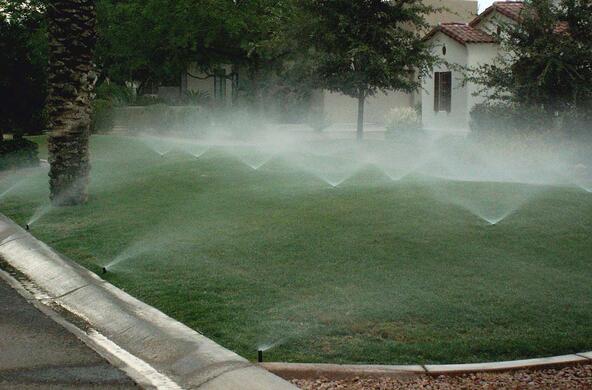When we pass across the landscape, it is easy to see the human footprint on nature—plowing and cultivation for agriculture, cutting for forestry, paving for roads and shopping centers. As a terrestrial animal, this is our habitat and we can examine it from top to bottom. We may even fly over the landscape to see our impacts in a broader context.
But, few of us have ever examined the ocean at greater depths than the sight of our feet in shallow water. Covering 70% of the Earth’s surface, the ocean presents a forbidding surface to our eyes. We pull fish from the sea with little concrete knowledge of how sustainable our harvest may be. Some of the most desirable species, such as red snapper, are now found at only 10% of the levels thought to exist a few decades ago. The loss happened without much notice.
We dump stuff into the ocean, such as plastics, in quantities that would produce immediate complaint by our neighbors on land. Some debris floats, but most of what we throw overboard simply disappears into the dark depths of seawater.
Scientific reports and pictures from the deep sea show a bottom that does not resemble the smooth beaches of our recreation. The ocean sediments have topography, some produced by natural events like submarine landslides and some, like burrows and tunnels, produced by the ocean creatures themselves. Thus, it is of increasing interest to marine biologists how much of the ocean bottom is trawled to catch fish and shellfish. Trawling involves dragging a heavy net along the bottom, which smooths off the seabed, reducing the structural diversity of the sediments.
Nearly 20 years ago, Les Watling and Elliott Norse reported that the area of the ocean that is trawled each year is about 150 times greater than the area of forest clearcutting. We can see forest clearcuts on land, but not the impacts of trawling on the seabed. Now, with sophisticated technology, several studies have reported that the impacts of trawling, similar to farmland cultivation, have smoothed the bottom sediments over large areas of the sea.
The pursuit of bottom species, such as scallops and cod by trawling, can kill more than 40% of the invertebrates from the sea bed when high pressure jets of water are used to stir up species of interest to commercial fisheries. While many areas are trawled several times per year, one study found that the recovery of the bottom community took up to six years. And, of course, it is these invertebrates that support the species at higher trophic levels that we find most desirable as food. Protection of some areas of the sea-bed, such as the controversial Northeast Canyons and Seamounts Refuge, is an attempt to maintain some shelter for endangered marine organisms that would otherwise be overfished.
As the season for scallop dragging begins near our house in Cobscook Bay, we should realize that the delivery of shellfish to our plate comes at a cost to the seabed that we often ignore to the peril of future marine fisheries.
References
Carlton, J. 2017. Monuments plan draws praise, ire. Wall Street Journal, September 21, p. A3.
Halpern, B.S. and 18 others. 2008. A global map of human impact on marine ecosystems. Science 319: 948-952.
Hiddink, J.G. and 15 others. 2017. Global analysis of depletion and recovery of seabed biota after bottom trawling disturbance. Proceedings of the National Academy of Sciences 114: 8301-8306.
Myers, R.A. and B. Worm. 2003. Rapid worldwide depletion of predatory fish communities. Nature 423: 280-283.
Puig, P., M. Canals, J.B. Company, J. Martin, D. Amblas, G. Lastras, A. Palanques, and A.M. Calafat. 2012. Ploughing the deep sea floor. Nature 489: 286-289.
Watling, L. and E.A. Norse. 1998. Disturbance of the seabed by mobile fishing gear: A comparison to forest clearcutting. Conservation Biology 12: 1180-1197.







